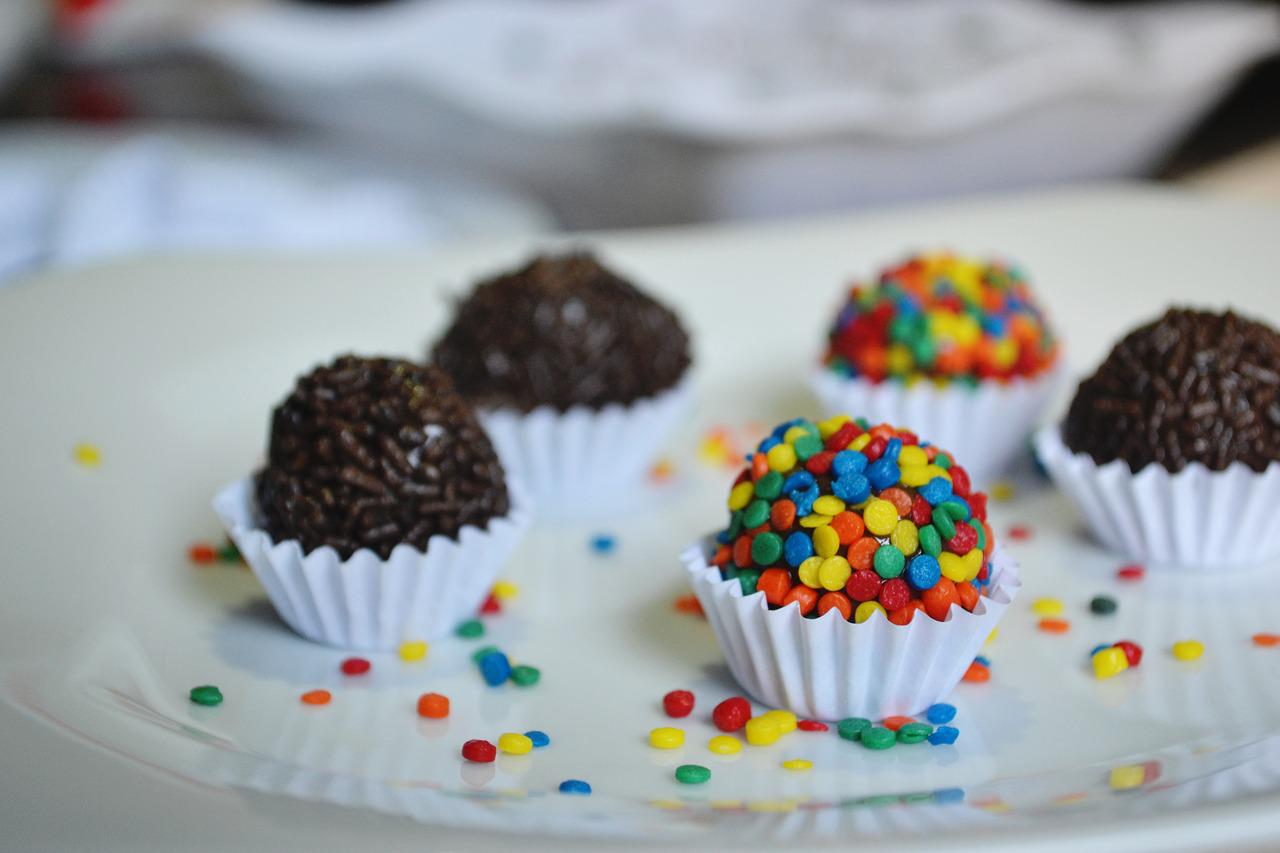Bom ou Ruim? Good or Bad? Basic Descriptions of Things in Portuguese
In this post you’ll learn some basic descriptions of things in Portuguese. That means that you’ll learn how to use Portuguese adjectives to describe things. First you’ll learn colors in Portuguese along with some examples. Then you’ll learn other common adjectives you can use to give descriptions of things in Portuguese. Along the way, we’ll point out a few important grammar points to keep in mind when you’re using Portuguese adjectives.
Colors in Portuguese
Let’s start with colors in Portuguese: preto/a black; branco/a white; vermelho/a red; azul blue; amarelo/a yellow; verde green; marrom brown; cinza gray.
- Qual é a cor de…?
What color is the…? - O cachorro é preto. / A cachorra é preta.
The dog is black. (f./m.) - O gato é branco. / A gata é branca.
The cat is white. (m./f.) - O carro é azul. / Os carros são azuis.
The car is blue. / The cars are blue. - A bandeira brasileira é verde, amarela, azul e branca.
The Brazilian flag is green, yellow, blue and white.
GRAMMAR TIP!
Don’t forget that adjectives agree with the nouns they describe in Portuguese. The typical endings are -o (masculine singular), -a (feminine singular), -os (masculine singular), -as (feminine plural).
- um cachorro preto
a black dog - uma vaca preta
a black cow - dois cachorros pretos
two black dogs - duas vacas pretas
two black cows
There are some minor irregularities. For example, notice that azul (blue) becomes azuis in the plural, in both masculine and feminine. Marrom ends in -m, so it changes to –n before –s: um cachorro marrom, dois cachorros marrons (one brown dog, two brown dogs).
Other Common Portuguese Adjectives
Now let’s look at several other important basic adjectives: bom/boa good; ruim, mau/má bad; grande big; pequeno/a small; lindo/a beautiful; feio/a ugly; velho/a old; novo/a new; comprido/a long; curto/a short; alto/a high; baixo/a low; vazio/a empty; cheio/a full; largo/a wide; estreito/a narrow; duro/a hard; macio/a soft; difícil difficult; fácil easy.
Notice that there are two ways to say bad: ruim and mau. Ruim is usually used to refer to things, while mau is used to refer to people and animals: um livro ruim, um filme ruim (a bad book, a bad film) um homem mau, um cão mau (a bad man, a bad dog).
- Este restaurante é bom / ruim.
This restaurant is good/bad. - Esses restaurantes são bons / ruins.
These restaurants are good/bad. - O filme é velho / novo.
The film is old/new. - A cidade é linda / grande.
The city is beautiful/big. - A rua é larga / estreita.
The street is wide/narrow. - A cama é dura / macia.
The bed is hard/soft. - O copo está cheio / vazio.
The glass is full/empty.
GRAMMAR TIP!
A few common Portuguese adjectives are a bit irregular. Bom (good) has the forms bom, boa, bons, boas: um bom homem (a good man), uma boa mulher (a good woman), bons homens (good men), boas mulheres (good women). Mau (bad) is also irregular, with the forms mau, má, maus, más: um homem mau (a bad man), uma mulher má (a bad woman), homens maus (bad men), mulheres más (bad women). Fácil (easy) and difícil (difficult) change to –eis in the plural: perguntas fáceis (easy questions), perguntas difíceis (difficult questions).
Get on the road to speaking Portuguese with the Language Garage!
We hope you’ve enjoyed learning about basic descriptions of things in Portuguese. Now you know colors in Portuguese along with some other common Portuguese adjectives. If you’d like to learn more, check out our other posts on Portuguese language, Brazilian culture, and more. And if you’re looking for convenient and affordable live Portuguese lessons with a real teacher, check out The Language Garage Portuguese. Our lessons are given online in a virtual classroom, so it doesn’t matter where you live or work. We can come to you. And we have flexible options, with a free trial so that you can decide if there’s a fit. Check us out!
Image by Leandro Santos Léo from Pixabay






